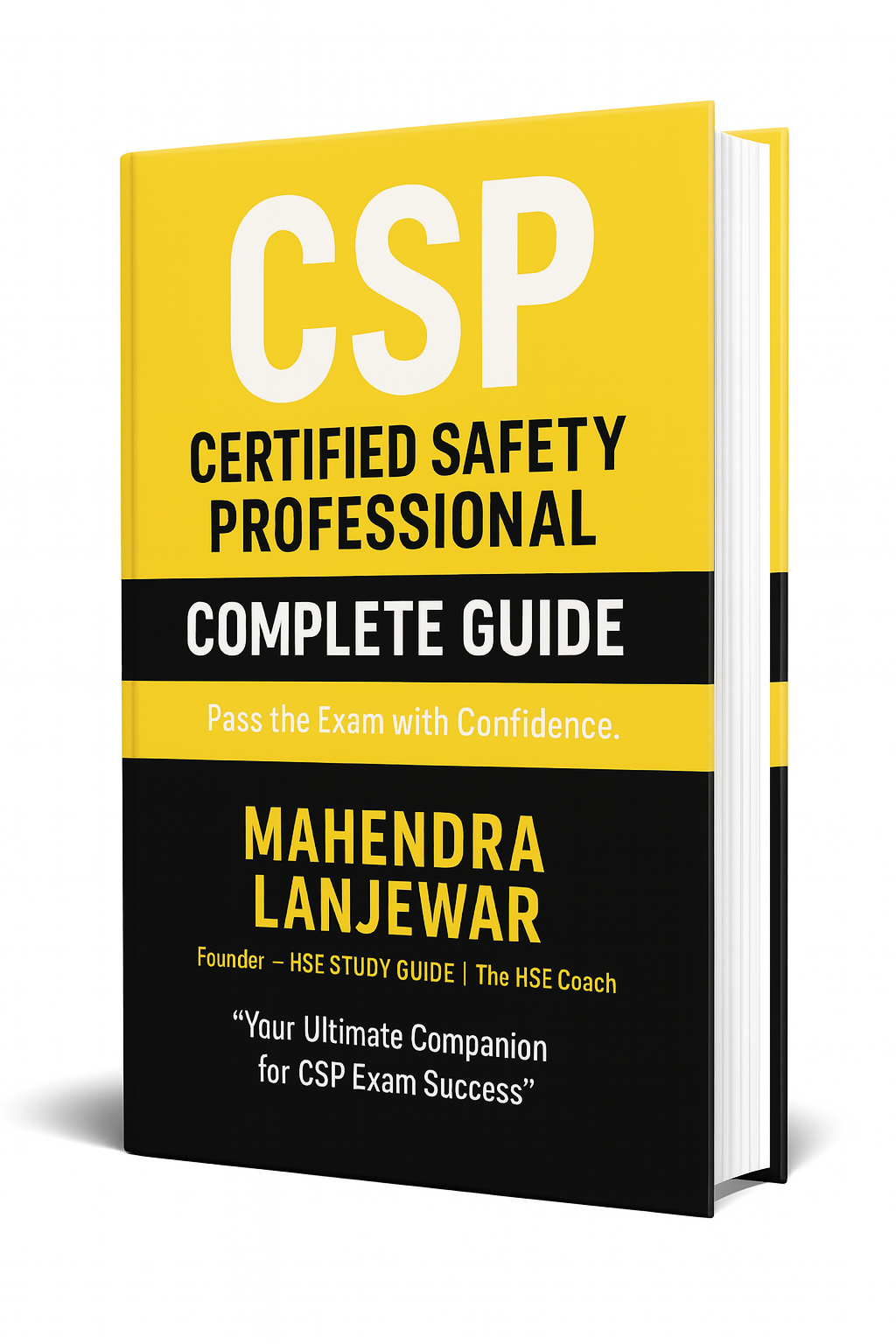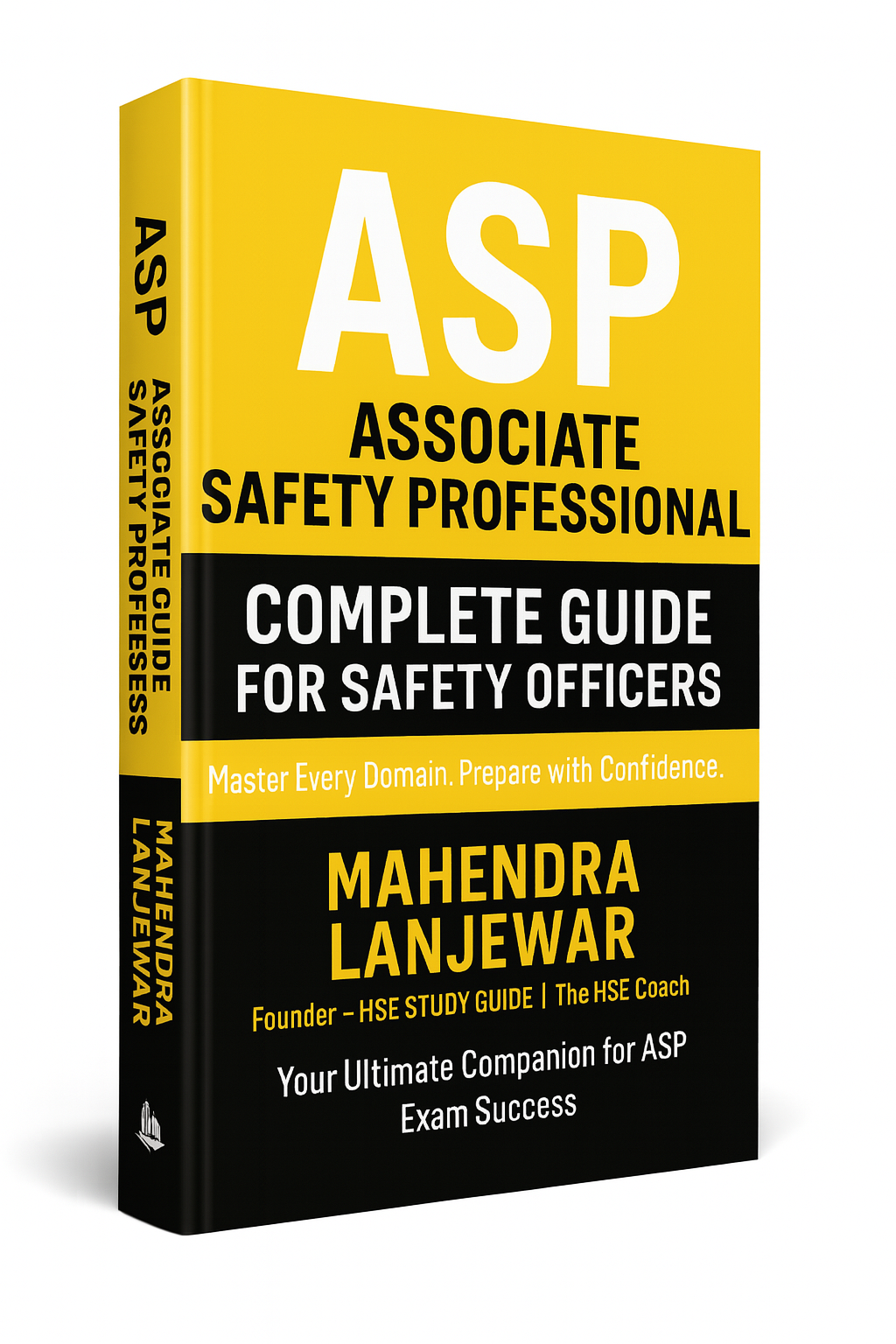
First Aid and CPR Safety Quiz Ebook: Free Download
Introduction
First aid and CPR skills are crucial in emergency situations, as they can mean the difference between life and death. Our free First Aid and CPR Safety Quiz Ebook is designed to equip individuals with the knowledge and confidence needed to provide immediate assistance in various medical emergencies. Let’s explore the key topics covered in this invaluable resource.
Chapter 1: Understanding First Aid
Basics of First Aid
- Definition: Immediate care provided to a person suffering from injury or illness.
- Goals: Preserve life, prevent further harm, and promote recovery.
Importance of Prompt Action
- Golden Hour: The first hour after an injury or medical emergency is critical for survival.
- Immediate Response: Administering first aid promptly can significantly improve outcomes.
Chapter 2: CPR Essentials
Purpose of CPR
- Cardiopulmonary Resuscitation: Technique used to revive a person whose heart has stopped beating.
- Objective: Restore blood circulation and breathing until professional medical help arrives.
Steps for Performing CPR
- Check: Assess responsiveness and call for help.
- Compressions: Perform chest compressions to circulate blood.
- Airway: Open the airway and provide rescue breaths.
Chapter 3: First Aid and CPR Equipment
Essential First Aid Supplies
- Examples: Bandages, antiseptics, adhesive tape, and splints.
- Importance: These supplies can help stabilize injuries and prevent complications.
CPR Training Mannequins
- Purpose: Provide a realistic simulation for practicing chest compressions and rescue breathing.
- Variants: Adult, child, and infant mannequins available for comprehensive training.
Chapter 4: First Aid and CPR Training
Importance of Training
- Confidence: Proper training instills confidence in providing first aid and CPR.
- Effectiveness: Trained individuals are more likely to perform interventions correctly in emergency situations.
Topics Covered in Training
- Recognition of Emergencies: Identifying signs of heart attack, stroke, choking, and other emergencies.
- Hands-On Skills: Practice in performing CPR, controlling bleeding, and managing fractures.
Chapter 5: Specific First Aid and CPR Measures
Treating Common Injuries
- Cuts and Wounds: Cleanse the wound, apply pressure to control bleeding, and dress the wound appropriately.
- Fractures: Immobilize the injured limb and seek medical assistance promptly.
Performing CPR on Adults, Children, and Infants
- Differences: Adjustments in compression depth and technique based on age and size of the victim.
- Practice: Regular practice on different mannequins to develop proficiency.
Chapter 6: Communication During Emergencies
Importance of Clear Communication
- Clarity: Provide clear instructions to bystanders and emergency responders.
- Coordination: Effective communication ensures a coordinated response to emergencies.
Effective Communication Techniques
- Directives: Use clear and concise commands to direct bystanders in providing assistance.
- Reassurance: Offer reassurance to the victim to alleviate anxiety and promote cooperation.
Chapter 7: Protecting the Rescuer and the Victim
Safety Measures for Rescuers
- Assessment: Evaluate the scene for potential hazards before providing assistance.
- Personal Protective Equipment: Wear gloves and other protective gear to prevent exposure to bloodborne pathogens.
Infection Control Practices
- Hand Hygiene: Wash hands thoroughly after providing first aid or CPR.
- Disposable Items: Dispose of contaminated materials properly to prevent the spread of infections.
Chapter 8: Recovery and Post-Emergency Procedures
Debriefing After an Emergency
- Reflection: Discuss the response to the emergency and identify areas for improvement.
- Emotional Support: Offer support to rescuers and victims who may be experiencing stress or trauma.
Follow-Up Care for Victims
- Medical Attention: Ensure victims receive appropriate medical care and follow-up treatment.
- Documentation: Maintain records of the incident and the care provided for future reference.
Chapter 9: First Aid and CPR Safety Quiz
Purpose of the Quiz
The quiz aims to assess understanding and proficiency in first aid and CPR skills.
Sample Questions and Answers
- Question: What is the first step in performing CPR?
- Answer: Check for responsiveness and call for help.
- Question: How should a rescuer protect themselves from bloodborne pathogens during first aid?
- Answer: Wear gloves and other personal protective equipment.
Tips for Success
- Review: Study the ebook content thoroughly before attempting the quiz.
- Practice: Practice CPR techniques regularly to maintain proficiency.
Conclusion
First aid and CPR skills are invaluable assets in emergency situations, enabling individuals to provide immediate assistance and potentially save lives. Download our First Aid and CPR Safety Quiz Ebook today to enhance your knowledge and readiness to respond effectively in medical emergencies.
Construction Safety Quiz Ebook: Free Download
Confined Space Safety Quiz Ebook: Free Download
Chemical Safety Quiz Ebook: Free Download
Welding Safety Ebook: Hazards and Control Measures – Free Download
Steel Erection Safety Ebook: Hazards and Control Measures – Free Download
FAQs
What is the main focus of the First Aid and CPR Safety Quiz Ebook?
The ebook focuses on providing comprehensive information on first aid and CPR techniques and skills, including basic first aid principles, CPR procedures, essential equipment, and effective communication during emergencies.
Who should read this First Aid and CPR Safety Quiz Ebook?
This ebook is essential for anyone interested in learning or refreshing their knowledge of first aid and CPR, including individuals, families, educators, healthcare professionals, and workplace safety officers.
What are some key safety tips mentioned in the Ebook?
Key safety tips include the importance of prompt action in emergencies, proper use of personal protective equipment, and the significance of clear communication during rescue operations.
Why is continuous training important in first aid and CPR?
Continuous training ensures that individuals maintain proficiency in first aid and CPR techniques, allowing them to respond effectively to emergencies and provide timely assistance to those in need.
























